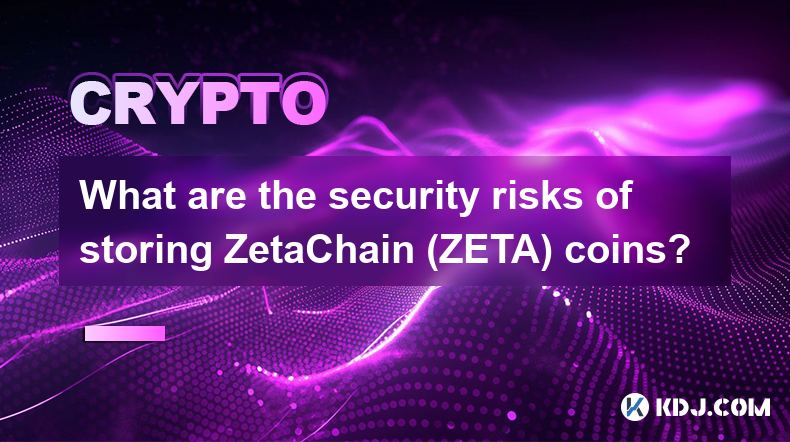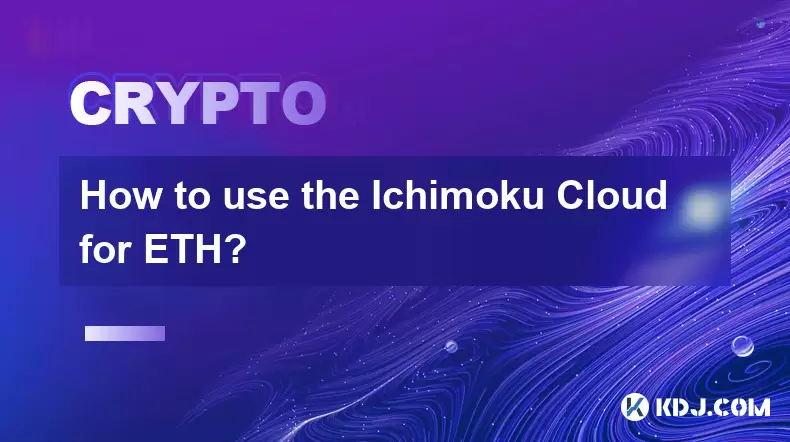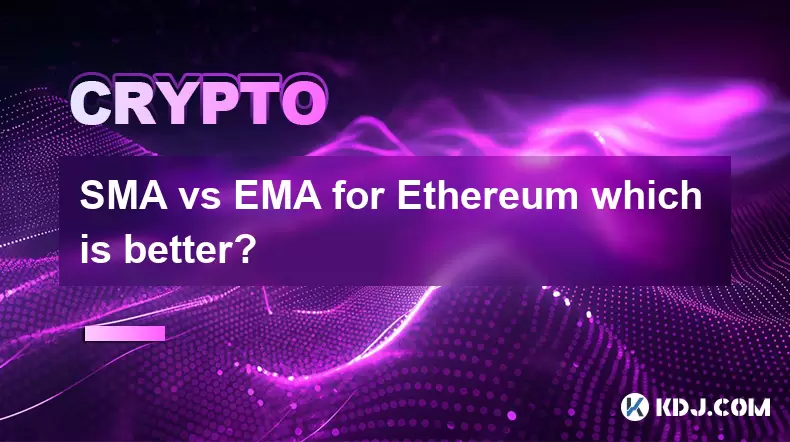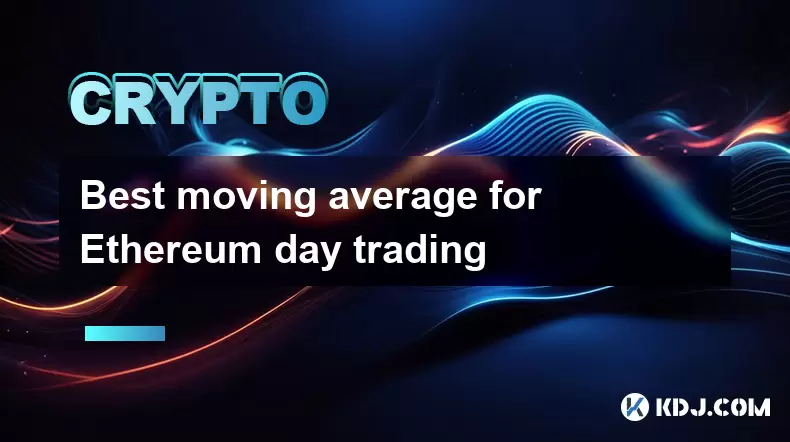-
 Bitcoin
Bitcoin $118300
-1.72% -
 Ethereum
Ethereum $3591
-0.69% -
 XRP
XRP $3.478
-3.53% -
 Tether USDt
Tether USDt $1.001
-0.01% -
 BNB
BNB $737.7
-0.54% -
 Solana
Solana $177.3
-2.40% -
 USDC
USDC $0.9999
-0.01% -
 Dogecoin
Dogecoin $0.2538
7.04% -
 TRON
TRON $0.3256
-0.85% -
 Cardano
Cardano $0.8332
-3.48% -
 Hyperliquid
Hyperliquid $44.80
-3.30% -
 Stellar
Stellar $0.4672
-6.09% -
 Sui
Sui $3.828
-5.98% -
 Chainlink
Chainlink $18.15
-3.41% -
 Hedera
Hedera $0.2655
-7.16% -
 Bitcoin Cash
Bitcoin Cash $517.5
-0.64% -
 Avalanche
Avalanche $23.89
-2.37% -
 Shiba Inu
Shiba Inu $0.00001519
-0.45% -
 UNUS SED LEO
UNUS SED LEO $8.973
0.13% -
 Toncoin
Toncoin $3.211
-2.54% -
 Litecoin
Litecoin $103.5
-3.58% -
 Polkadot
Polkadot $4.313
-3.90% -
 Uniswap
Uniswap $10.31
0.67% -
 Monero
Monero $325.4
-2.88% -
 Bitget Token
Bitget Token $5.049
3.51% -
 Ethena USDe
Ethena USDe $1.002
0.04% -
 Pepe
Pepe $0.00001346
-2.96% -
 Dai
Dai $0.9999
-0.02% -
 Aave
Aave $322.1
-2.93% -
 Bittensor
Bittensor $411.9
-4.70%
What are the security risks of storing ZetaChain (ZETA) coins?
To ensure the utmost security for ZetaChain (ZETA) coins, opt for hardware wallets, which provide the best protection against hacking and malware threats by storing private keys offline and isolated from potential threats.
Dec 23, 2024 at 04:59 am

Key Points:
- Security risks associated with storing ZetaChain (ZETA) coins in different types of wallets
- Importance of due diligence and research
- Safeguarding against common threats such as hacking, phishing, and malware
- Utilizing hardware wallets for enhanced security
- Considering reputation and security measures of potential exchanges
Security Risks of Storing ZetaChain (ZETA) Coins
1. Exchange Vulnerabilities:
Exchanges serve as platforms for trading and storing cryptocurrencies, but they also introduce security risks. Centralized exchanges hold users' coins in their own custody, which means that if the exchange is compromised, users' funds can be stolen. To mitigate this risk, it is crucial to research the reputation and security measures of any exchange before storing ZETA coins.
2. Hot Wallet Risks:
Hot wallets are digital wallets that are connected to the internet, allowing for convenient access and transactions. However, this connectivity also increases the risk of hacking and malware attacks. If a hot wallet is compromised, attackers can gain access to users' private keys and steal their coins. It is recommended to use two-factor authentication (2FA) and strong passwords to enhance hot wallet security.
3. Phishing Attacks:
Phishing attacks aim to trick users into revealing their login credentials or seed phrases by posing as legitimate entities. These attacks often involve emails or websites that appear genuine but are designed to steal users' information. To avoid falling victim to phishing, always verify the sender's email address, inspect website URLs carefully, and never click on suspicious links or attachments.
4. Private Key Protection:
Private keys are essential for accessing and controlling cryptocurrencies. It is crucial to store private keys securely, as their loss or theft can result in permanent access to funds. Hardware wallets offer the best protection for private keys, as they keep them offline and secure from malware and other external threats.
5. Malware Threats:
Malware refers to malicious software that can infect desktop and mobile devices, potentially stealing cryptocurrency credentials and draining funds. It is essential to keep software up-to-date, use reputable antivirus programs, and avoid downloading files or opening emails from unknown sources to reduce the risk of malware infections.
6. Multi-Signature Protections:
Multi-signature wallets require multiple private keys to authorize transactions, adding an extra layer of security. If one private key is compromised, the other signatories can prevent unauthorized withdrawals. However, it is important to choose trusted individuals as co-signers and ensure that all private keys are stored securely.
7. Regulatory Risks:
Regulatory frameworks for cryptocurrencies are continuously evolving, and changes in legislation can affect the storage and use of ZETA coins. It is important to stay informed about regulatory developments and ensure that storage methods comply with applicable laws in relevant jurisdictions.
FAQs:
Q1: What is the most secure way to store my ZetaChain (ZETA) coins?
A1: Storing ZETA coins in a reputable hardware wallet provides the highest level of security against hacking and malware threats.
Q2: How often should I update the software on my crypto devices?
A2: It is recommended to update software on crypto devices as frequently as possible to patch any vulnerabilities that may be exploited by attackers.
Q3: What are the key indicators to look for when evaluating an exchange's security measures?
A3: Key indicators of exchange security include two-factor authentication (2FA), multi-factor authentication (MFA), cold storage of the majority of user funds, regular security audits, and transparent communication of security protocols.
Q4: How can I protect myself from phishing attacks?
A4: To protect against phishing attacks, verify email addresses, inspect website URLs, never click on suspicious links or attachments, and use caution when interacting with unsolicited communications.
Q5: What happens if I lose access to my crypto wallet?
A5: Losing access to a crypto wallet can permanently lead to the loss of funds. It is crucial to back up wallet information securely and consider establishing a recovery process in case of emergencies.
Disclaimer:info@kdj.com
The information provided is not trading advice. kdj.com does not assume any responsibility for any investments made based on the information provided in this article. Cryptocurrencies are highly volatile and it is highly recommended that you invest with caution after thorough research!
If you believe that the content used on this website infringes your copyright, please contact us immediately (info@kdj.com) and we will delete it promptly.
- Crypto Picks: Navigating the Meme Coin Mania – Toshi, Ski Mask Dog, and the Elusive Pepe Coin 30,000% Rally
- 2025-07-19 14:30:13
- SUI Blockchain, Unilabs, and Curve Finance: A New Era of Crypto Investments?
- 2025-07-19 15:10:12
- Riding the Altcoin Wave: ADA Price, XRP Surges, and the Season of Opportunity
- 2025-07-19 15:30:12
- MoonBull, Meme Coins, and Your Watchlist: What's Hot Right Now
- 2025-07-19 14:30:13
- Crypto Market Mania: Ethereum Surges, Trump's Company Cashes In!
- 2025-07-19 12:30:13
- NFT Trading, Users, and the Quest for a Comeback: What's the Deal?
- 2025-07-19 12:30:13
Related knowledge

How to add indicators to Ethereum chart on TradingView?
Jul 19,2025 at 07:15am
What Is an Ethereum Chart on TradingView?The Ethereum chart on TradingView is a visual representation of the price movement of Ethereum (ETH) over a s...

How to use the Ichimoku Cloud for ETH?
Jul 18,2025 at 09:56pm
Understanding the Ichimoku Cloud and Its ComponentsThe Ichimoku Cloud, also known as Ichimoku Kinko Hyo, is a versatile technical analysis tool that p...

SMA vs EMA for Ethereum which is better?
Jul 19,2025 at 12:36am
Understanding the Basics of SMA and EMAIn the world of cryptocurrency trading, especially when dealing with Ethereum, technical indicators play a cruc...

Best moving average for Ethereum day trading
Jul 19,2025 at 01:42am
Understanding the Role of Moving Averages in Ethereum Day TradingIn the realm of Ethereum day trading, moving averages are indispensable tools for ide...

What is RSI indicator for Ethereum?
Jul 19,2025 at 03:07pm
Understanding the RSI IndicatorThe Relative Strength Index (RSI) is a momentum oscillator used in technical analysis to measure the speed and change o...

How to customize USDT TRC20 mining fees? Flexible adjustment tutorial
Jun 13,2025 at 01:42am
Understanding USDT TRC20 Mining FeesMining fees on the TRON (TRC20) network are essential for processing transactions. Unlike Bitcoin or Ethereum, whe...

How to add indicators to Ethereum chart on TradingView?
Jul 19,2025 at 07:15am
What Is an Ethereum Chart on TradingView?The Ethereum chart on TradingView is a visual representation of the price movement of Ethereum (ETH) over a s...

How to use the Ichimoku Cloud for ETH?
Jul 18,2025 at 09:56pm
Understanding the Ichimoku Cloud and Its ComponentsThe Ichimoku Cloud, also known as Ichimoku Kinko Hyo, is a versatile technical analysis tool that p...

SMA vs EMA for Ethereum which is better?
Jul 19,2025 at 12:36am
Understanding the Basics of SMA and EMAIn the world of cryptocurrency trading, especially when dealing with Ethereum, technical indicators play a cruc...

Best moving average for Ethereum day trading
Jul 19,2025 at 01:42am
Understanding the Role of Moving Averages in Ethereum Day TradingIn the realm of Ethereum day trading, moving averages are indispensable tools for ide...

What is RSI indicator for Ethereum?
Jul 19,2025 at 03:07pm
Understanding the RSI IndicatorThe Relative Strength Index (RSI) is a momentum oscillator used in technical analysis to measure the speed and change o...

How to customize USDT TRC20 mining fees? Flexible adjustment tutorial
Jun 13,2025 at 01:42am
Understanding USDT TRC20 Mining FeesMining fees on the TRON (TRC20) network are essential for processing transactions. Unlike Bitcoin or Ethereum, whe...
See all articles

























































































